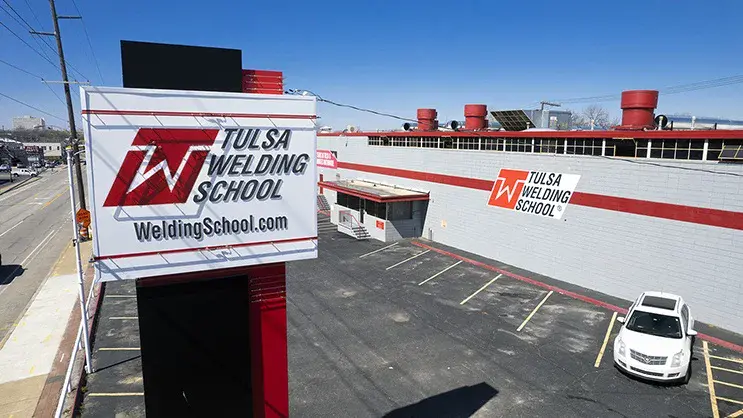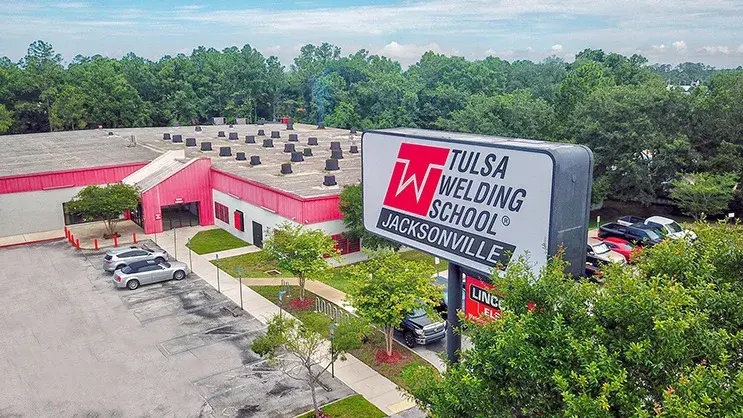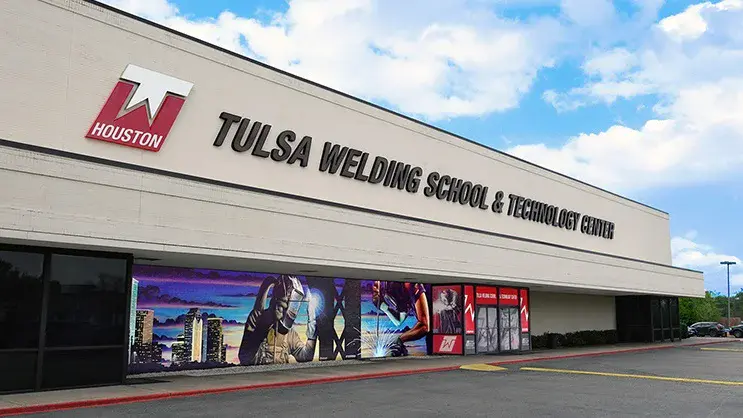TWS is a Great Training Option for Everyone
Learn more about how we can prepare you to advance your career.
Welding is a process that involves extreme precision and focus. Given the use of complex equipment as well as heat and sparks that are generated during welding operations, safety is a chief concern in the industry. Welders must follow a rigid set of OSHA and American Welding Society (AWS) safety regulations in order to protect themselves, their work and the facility they operate out of. Throughout their welding training at TWS, students become familiar with these rules and best practices. The guidelines fall under headings like general safety, personal protection and equipment safety. Each category is extensive, so let’s look at a small sampling of regulations from each.
General Safety
Standard number 1910.252 of OSHA’s welding safety guidelines covers broad-based precautions for workers to take in the field. These range from fire safety measures to ventilation concerns.
- Fire Safety – Various regulations for the prevention of fires and regarding combustible materials are in place in any welding situation. Some of these include: moving flammable objects away from the vicinity of a welding operation when the welded object cannot be moved and positioning “fire watchers” at each operation to observe and act upon any fires that start, activating appropriate alarms and extinguishing the flames if possible.
- Ventilation – Welding operations cause debris and chemicals to enter the work environment. As such, numerous ventilation measures are taken in any situation. When fumes and dust are concerns, ventilation systems must be in place to keep such materials below a maximum allowable concentration. In a scenario where welding is carried out in a completely screened-in area, these screens must be positioned so as to not impede ventilation.
Personnel Safety
Workers must implement a variety of precautions to ensure their safety on the job. Several of these involve protective equipment, like eyewear and headgear. Sections 1910.133 and 1910.135 of OSHA guidelines cover eyes and head respectively. Additionally, precautions must be taken to avoid falling injuries, as indicated in 1910.252 of OSHA.
- Eyewear – Employers must ensure that workers use eye protection and that such equipment includes side protection to guard against flying debris in the workspace.
- Headgear – Workers must use helmets when there is a risk of head injury from falling or from contact with falling objects. Additionally, if electric shock is a risk, the helmet must be designed to reduce the impact when the worker is near electrical conductors.
- Falls – Workers conducting operations on scaffolding must secure railings and safety belts to protect from falling.
Equipment Safety
Welding requires the use of dangerous equipment and machinery. To ensure the safety of individuals and smooth operations in the workplace, various considerations must be observed in the use of any and all equipment. This often includes using devices properly and quarantining malfunctioning devices to prevent injury.
Have You Considered a Career in the Skilled Trades?
Fill out the form to recieve a no obligation info packet.
- Proper Use – In general, all welding tools must be used as specified by the item’s manufacturer. Many device regulations concern the use of electrical machinery, such as portable welding machines. These machines cannot be used with adapters that interrupt grounding continuity. Additionally, portable equipment and cords must be approved for use in conductive workspaces if they are intended to be used in such locations.
- Lockout/Tagout – When a piece of equipment is observed to be malfunctioning, workers must be able to shut down the device and prevent others from using it until it may be repaired or replaced. According to AWS, lockout/tagout procedures must be in place and known by employees, which involves placing a lock on the equipment so that it may not be moved or turned on and tagging the device with a “danger” or “warning” label to alert others.
Welding is essential in various fields, like construction, manufacturing and aerospace. Perhaps more important than the operations themselves is proper safety. Welders must be protected while on duty for both their own wellbeing and for the success of the jobs they’re completing. Professionals implement these and many, many more precautions in the workplace and take continuing welding classes to familiarize themselves with the latest procedures so that they’re always on top of any situation!
Sources:
http://www.osha.gov/pls/oshaweb/owadisp.show_document?p_table=STANDARDS&p_id=9911
http://www.osha.gov/pls/oshaweb/owadisp.show_document?p_table=STANDARDS&p_id=9853
https://www.osha.gov/pls/oshaweb/owadisp.show_document?p_table=STANDARDS&p_id=9778
https://www.osha.gov/pls/oshaweb/owadisp.show_document?p_table=STANDARDS&p_id=9785
http://safety.blr.com/analysis/hazardous-substances-and-materials/welding-cutting-and-brazing/National/
http://www.aws.org/technical/facts/fs18-201212.pdf
This blog has been labeled as archived as it may no longer contain the most up-to-date data. For a list of all current blog posts, please visit our blog homepage at https://www.tws.edu/blog/







